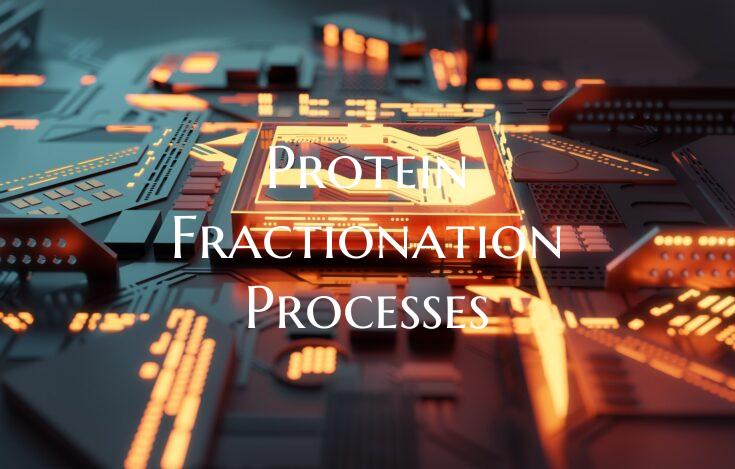Protein Fractionation Processes
Protein fractionation processes are essential techniques used in the extraction and purification of proteins from various sources such as plants, animals, and microorganisms. These processes are crucial in separating and isolating different protein fractions based on their unique molecular characteristics, such as size, charge, solubility, and biological activity.
One commonly used protein fractionation process is differential solubility, where proteins are separated based on their solubility in different solvents or buffers. This method is particularly useful for extracting proteins from complex mixtures where some proteins may be more soluble in certain conditions than others.
Another important protein fractionation technique is chromatography, which involves the separation of proteins based on their affinity for a specific stationary phase. Different types of chromatography, such as ion exchange, size exclusion, and affinity chromatography, can be used to separate proteins with high precision and yield pure protein fractions.
Ultrafiltration and centrifugation are also commonly employed protein fractionation processes that rely on the size and molecular weight differences between proteins to separate them effectively. Ultrafiltration uses semipermeable membranes to separate proteins based on size, while centrifugation separates proteins based on their density through high-speed spinning.
Protein fractionation processes play a vital role in various industries, including biopharmaceuticals, food and beverage, and research. These techniques are instrumental in isolating specific protein fractions for downstream applications such as drug development, biomarker discovery, and biotechnological production.
In conclusion, protein fractionation processes are versatile tools that enable the isolation and purification of proteins for a wide range of applications. By leveraging these methods effectively, researchers and industries can obtain highly pure protein fractions that are crucial for advancing scientific knowledge and developing innovative products.

